Condensation in Single Skin Tents: Causes and Mitigation
Posted by Andy Neil on Jun 04, 2024
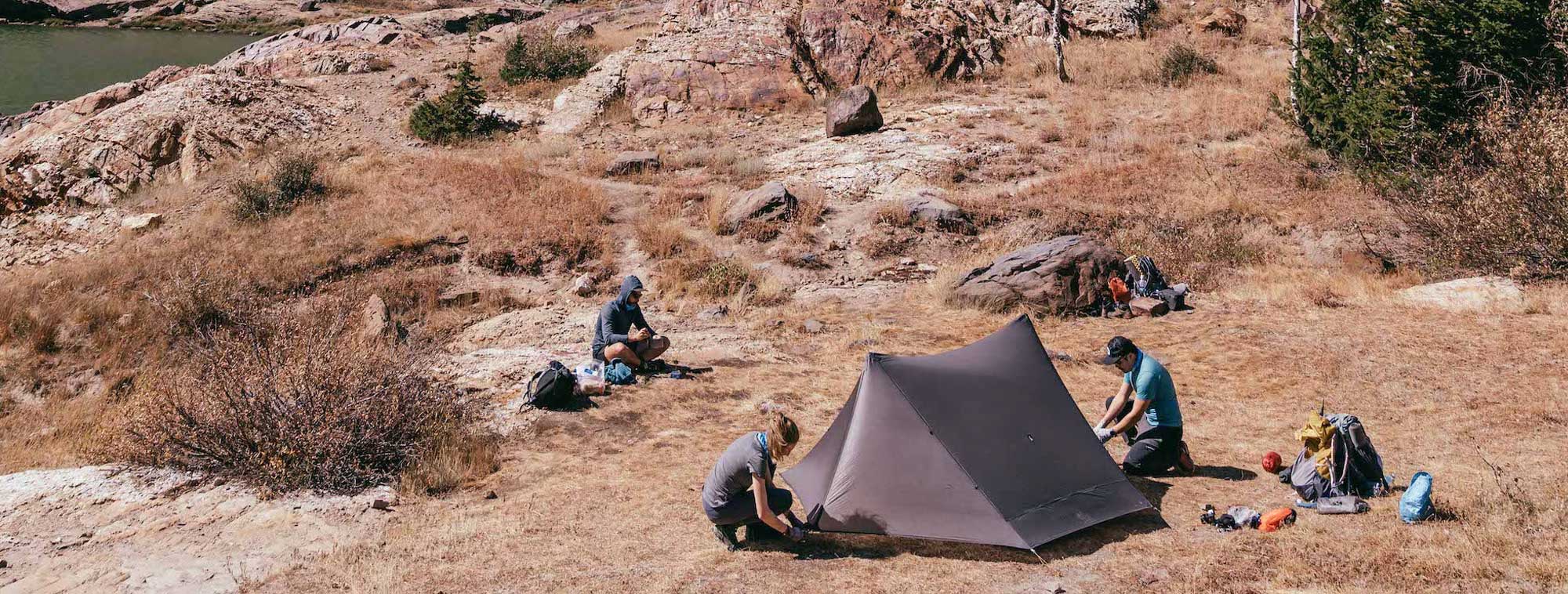
Single-walled tents offer significant benefits compared to double-walled ones in weight and size reduction. They are considerably lighter and more compact. Utilising trekking poles for structure, they provide ample headroom in liveable space, and often have spacious vestibules. However, single-walled tents are infamous for excessive condensation due to the lack of a barrier between the user and the outer wall. While some moisture is unavoidable, it can lead to discomfort during sleep and damp gear in the morning.
During my most recent multi-day backpacking trip, a two-week coast-to-coast trek across Scotland, I opted for the Gossamer Gear, The Two, a single-walled trekking pole tent. As I had previously completed Wainwright's coast-to-coast trail using the Six Moon Designs Lunar Solo, I knew how to expect condensation and prepare for it.
Understanding the science behind condensation is the first step in understanding what causes this moisture build-up and what you can do to prevent it.
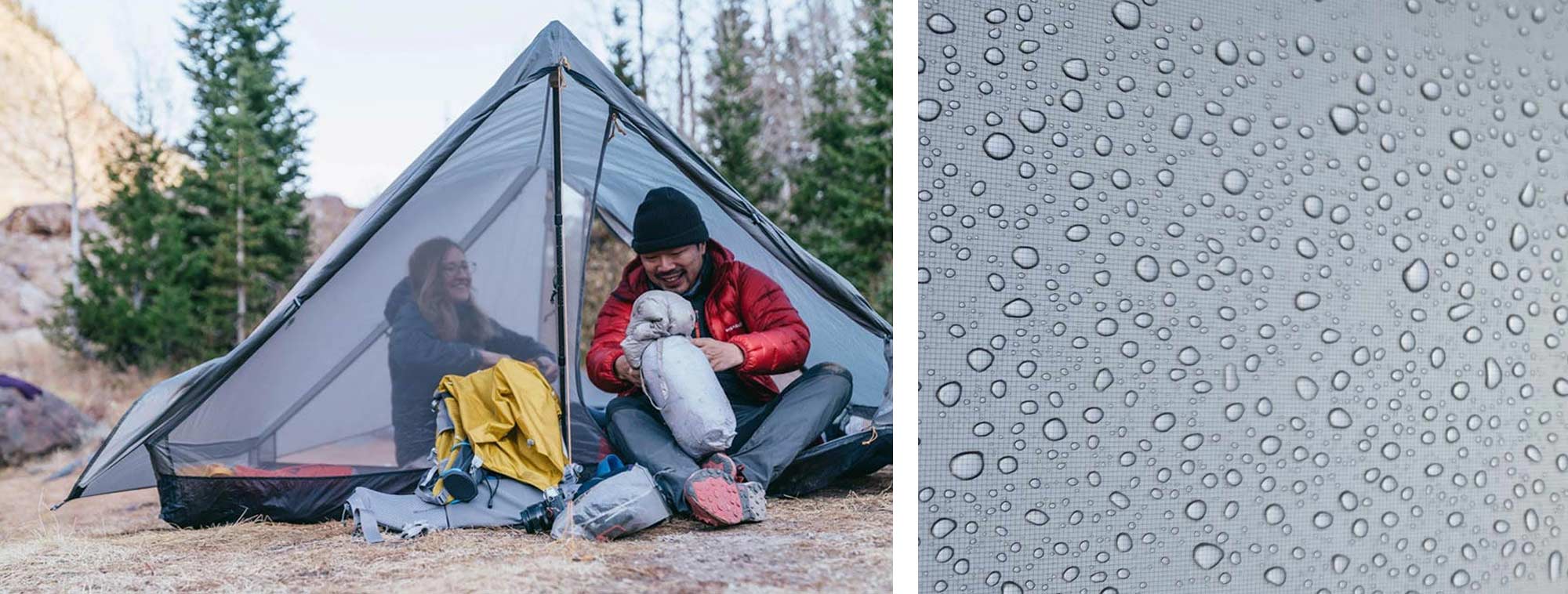
The Science of Condensation
Condensation occurs when warm, humid air comes into contact with a cooler surface, such as the Tent fabric. This is a phase transition in which gas transforms into liquid. The gaseous water vapour condenses into liquid water droplets as the warm air hits the cold tent walls.
Several factors contribute to creating the warm, moist air inside tents that leads to condensation issues:
- Temperature variations: When the inner tent temperature is significantly higher than the outdoor temperature, condensation will form on the cooler tent surfaces.
- Humidity: High humidity levels in the surrounding air contribute to condensation, as more moisture in the air leads to increased water on the tent walls.
- Respiration: Each time you exhale, you release warm air saturated with water vapour from your lungs. With one person, this can add up to a pint of water released overnight. For multiple campers, this respiratory moisture is multiplied.
- Evaporated perspiration: Your body also releases moisture through sweat as you sleep. This evaporated sweat increases the humidity levels inside the tent.
- Ground moisture: Wet, damp ground allows moisture to permeate the tent floor and become trapped inside with nowhere to go. Grass is notorious for clinging to moisture; dew on the ground most likely means condensation.
- Poor ventilation: Tents need good airflow to cycle out this humid interior air and produce fresh, dry air from outside. In the absence of airflow, moisture accumulates inside.
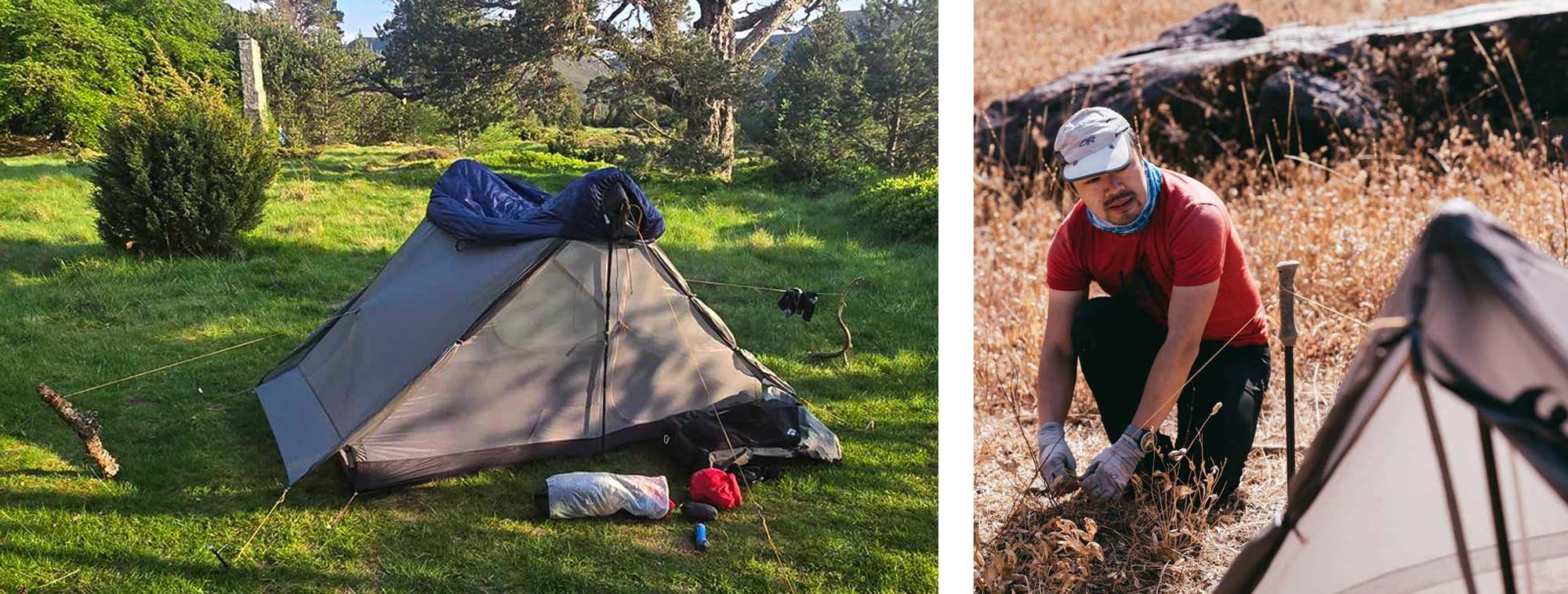
While some condensation is inevitable when camping, there are ways to lessen its impact:
- Promote air circulation: The most effective method to mitigate condensation is to optimise airflow. While sleeping, open your tent's doors to promote maximum airflow, pitch your tent high, and keep your gear away from vents and the outer vestibule wall. This will all help promote fresh, dry air circulating into your tent.
- Don't cook in your tent: Cooking creates steam, and boiling water for a dehydrated meal or cup of tea contributes to condensation.
- Your camping spot selection is crucial: Avoid lowlands, valleys, and areas near water, as these locations are prone to condensation due to higher humidity and cooler temperatures. Try to camp away from vegetation (e.g., grass) but near some trees. Higher elevations tend to have less moisture and, therefore, less risk of condensation.
- Use a tent footprint: A waterproof groundsheet or footprint under your tent prevents ground moisture from seeping.
- Pitch your tent correctly: When pitching your tent, utilise all the guy points and make sure your bathtub stays upright. Most trekking pole tents have additional guy-outs on each side wall, one at the foot and one at the head end of your tent. Employing these extra guy-out points results in a tighter pitch that expands the liveable area inside the tent. This added space reduces the likelihood of brushing against the moist tent wall, keeping you and your gear dry. The bathtub or tent floor should also be as taut as possible, as this will encourage water to pool outside your tent, not in the crevices of your floppy bathtub.
- Try not to bring wet gear into your tent: Gear will slowly dry overnight, and the rising vapour will condense on your tent wall. Hanging wet socks over your tent's washing line will do little to dry them out, but it will add to condensation. Try to dry your clothes in the morning sun or put them on your pack during the day. I appreciate in damp conditions; this is only sometimes possible.
- Choose the right kit: When selecting your gear, ensure that the length of your sleeping pad is suitable for your tent. You and your sleeping bag should also have ample space to move comfortably without touching the tent walls. If you're expecting severe weather, consider using synthetic insulation over down.
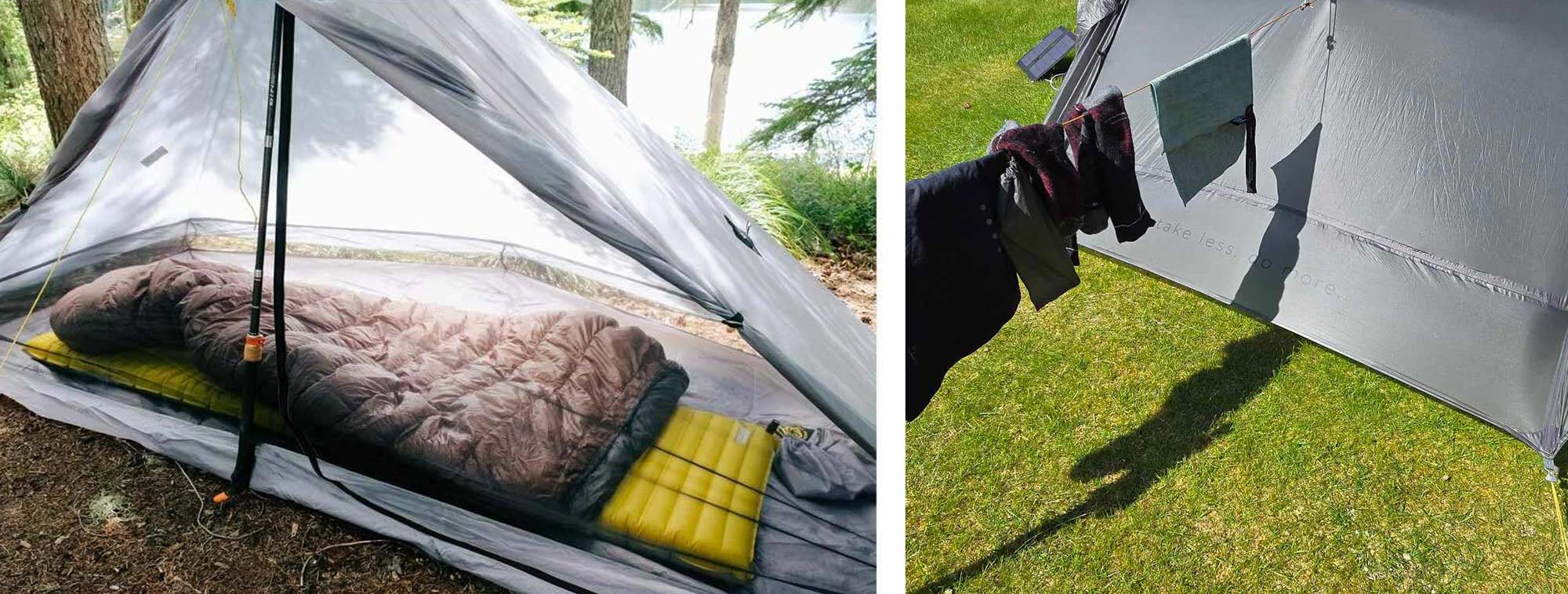
Regardless of the lengths you go to minimise the chances of condensation, it is inevitable. The trail you are on may pass a campsite you wish to stay at, which will most likely be at a low altitude; there may be no breath of wind that night, and the warm day may turn chilly in the evening, or it could rain heavily that night, so you are forced to close all of your doors to keep the rain out, all of these things can lead to condensation. So, how do you deal with and manage it once it has occurred?
- Wiping down tent walls: Is simple but effective. Take a lightweight towel or sponge and mop up any condensation accumulated in the morning. Then, ring out the towel and attach it to your backpack to dry throughout the day.
- Dry your tent: When breaking camp, open all the doors and vents to expel humid air and give the tent time to dry before packing away. Remove all your gear from inside the tent and give it a shake; 15 minutes in direct sunlight is enough to dry most tents. If you are in a rush, or it's raining when you pack up, air the tent when you stop for lunch by loosely pitching it or hanging it over a tree branch.
- Make peace with your minimal choice: Ultralight backpackers, thru-hikers, ultra runners, and bivi bag warriors all sacrifice some level of comfort for their hobby and minuscule pack weight; cutting your toothbrush in half is just the beginning! So, whilst mopping down your tent in the morning might not be everyone's ideal way to start the day, carrying a tent that weighs significantly less is a sacrifice I think is worth making.
Shop All Single & Hybrid Skin Tents

|
||
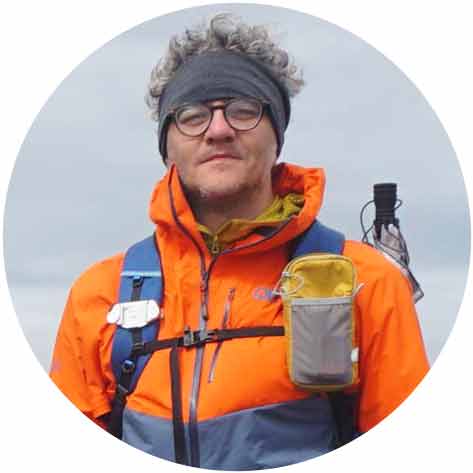 |
||
|
Andy Neil |
||
|
Andy has been a keen long-distance hiker and wild camping enthusiast since he completed the Cleveland Way in 2015. Since then, he has walked thousands of trail miles all over the UK and is an active member of the Wild Camping UK community, being an admin of the largest wild camping community on Facebook. He strongly advocates for responsible wild camping and believes it is important to leave no trace when camping in the wilderness. He joined the UOG team in 2021 and works as a website developer and content creator. |
||
